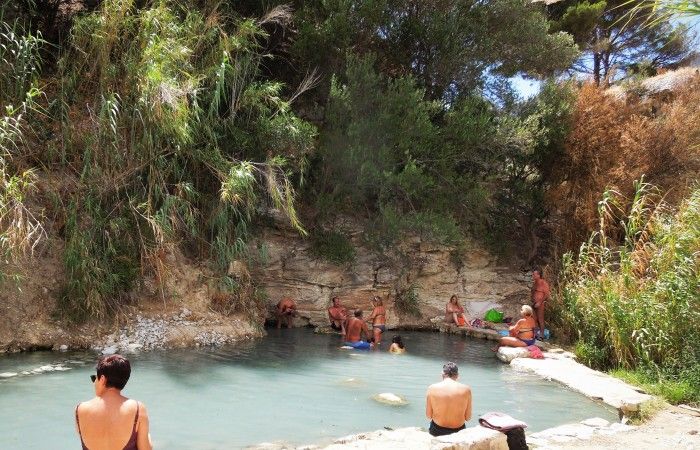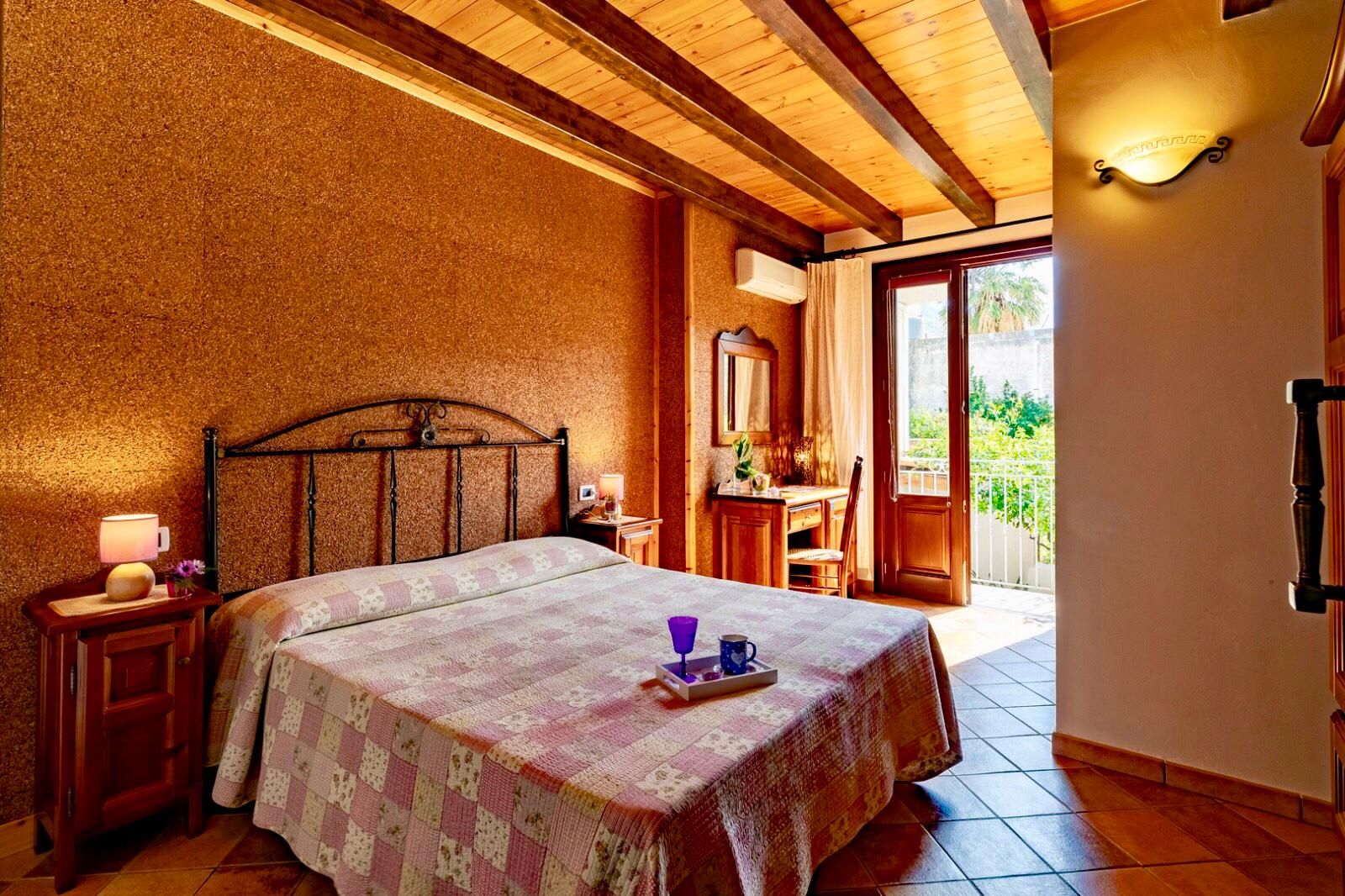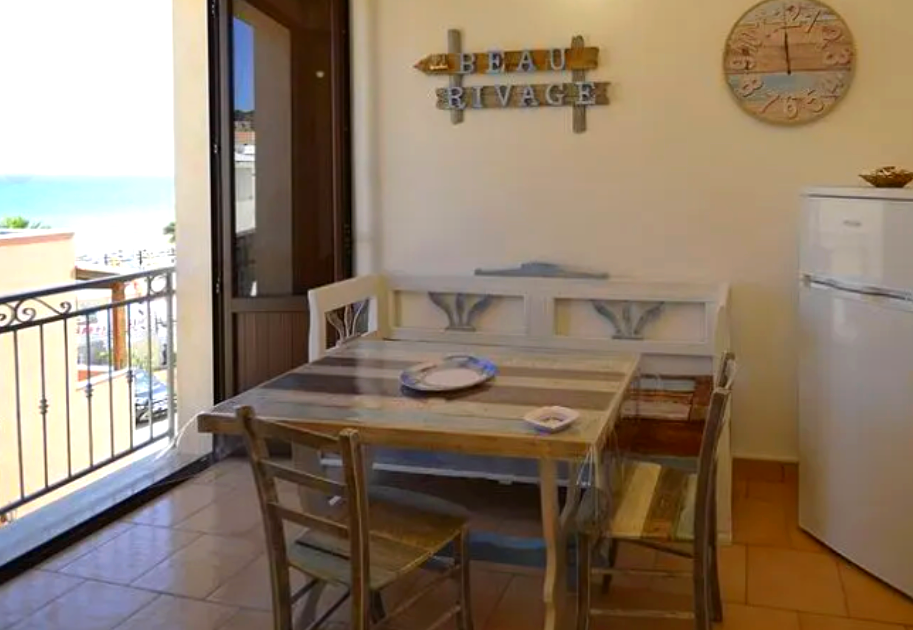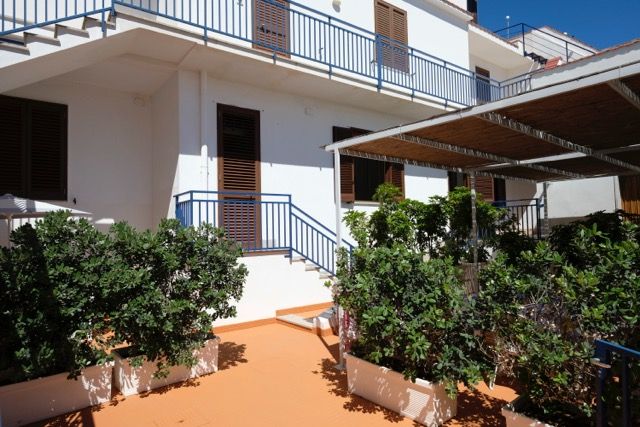Segesta archaeological park
If you love archaeology, but above all if you want to experience the thrill of a step back in time, don't miss a visit to the Segesta Archaeological Park .
A magical and still alive place, where history joins myth and offers deep emotions.
It is truly worth giving up a few hours at the seaside to admire what is considered one of the most fascinating and mysterious Temples of Magna Graecia or to enjoy a show in the ancient theater overlooking the gulf of Castellammare.
According to ancient tradition, Segesta was founded by the populations who fled from Troy, the Elymi.
The city, strongly linked to Greek culture, became one of the most important centers in the Mediterranean, managing to involve Athens and Carthage in its centuries-old hostility towards Selinunte.
In 408 BC, thanks to the help of the Carthaginians, Selinunte was destroyed but, one hundred years later, the same fate would befall Segesta at the hands of Agathocles of Syracuse.
After a long period of economic and cultural splendor, with the First Punic War, Segesta passed under the dominion of the Romans who, having the legendary Trojan origins in common, exempted it from paying taxes, giving it a new period of prosperity.

The fame of this archaeological site which includes 12 sites to visit, is linked to its two main monuments, the Doric temple and the theatre , but Segesta has for some years been the subject of scientific studies and excavations which are revealing a more complex reality. On the top of the mountain, where the theater is located, the remains of a castle, a mosque (Muslim period) and a church founded in 1442 are recently visible.

But the urban planning of Segesta is still under study, a road layout on an agora and some houses are being investigated.
To the two sacred places that were located outside the city walls, the Temple (430-420 BC) and the Sanctuary of Contrada Mango (6th-5th century BC), a Hellenistic necropolis was also recently discovered.
Doric temple
The majestic Doric Temple, made up of 36 columns, 6 on the smaller side and 14 on the larger side, dates back to the 5th century BC. It was located outside the walls of the Elymian city and still fascinates today with its extraordinary beauty. The temple was never completed and the mystery surrounding it concerns both its position, overhanging a cliff, and the reasons that drove the Elymians to build it.
Theater
At the top of Monte Barbaro is the Hellenistic Theatre, built in the 2nd century BC, when Segesta was already a free city under the Romans. It is considered one of the most beautiful theatres of the classical period, both for its excellent state of conservation and for its spectacular position on the Gulf of Castellammare and the hills of Trapani. It has a diameter of about 60 metres and a staircase carved into the rock.
Shows
In the summer the theatre resumes its original function and from a historical testimony becomes a lively and fertile place where you can attend classical shows and musical concerts of the highest level.
Linked news

Polle of Crimiso, the free SPA of the gods
The oldest spas in western Sicily are located a few kilometers from the Temple of Segesta, immersed in a lush and fascinating natural contex...




_7327.jpg)




_8463.jpg)